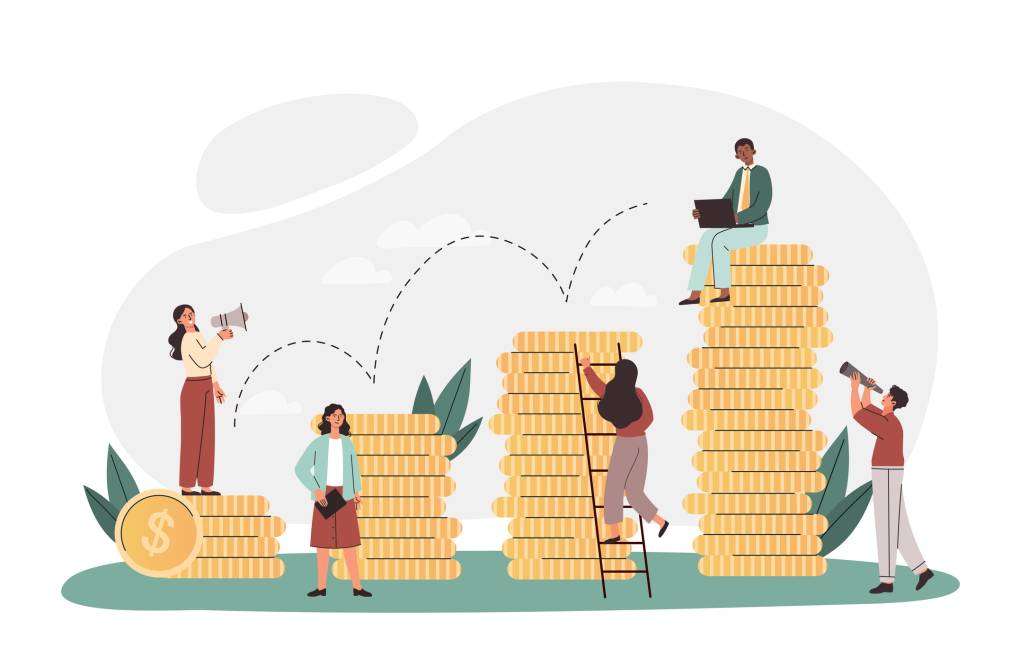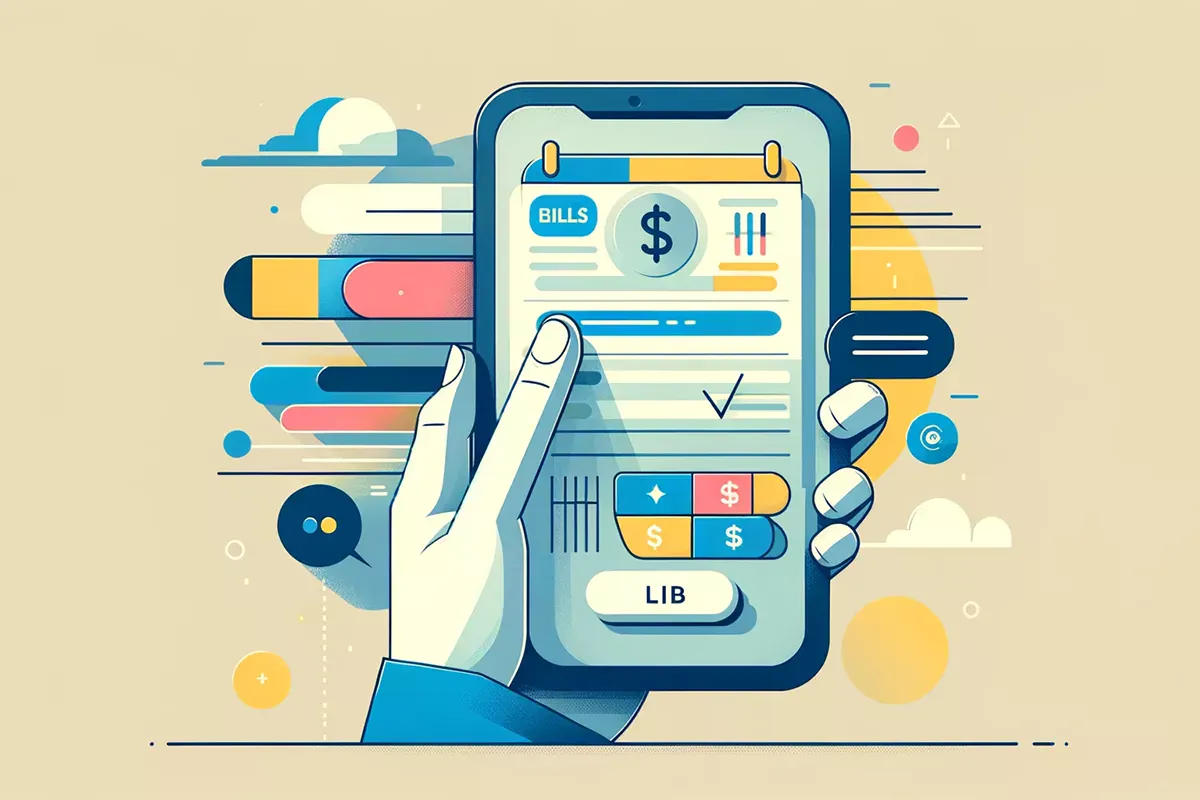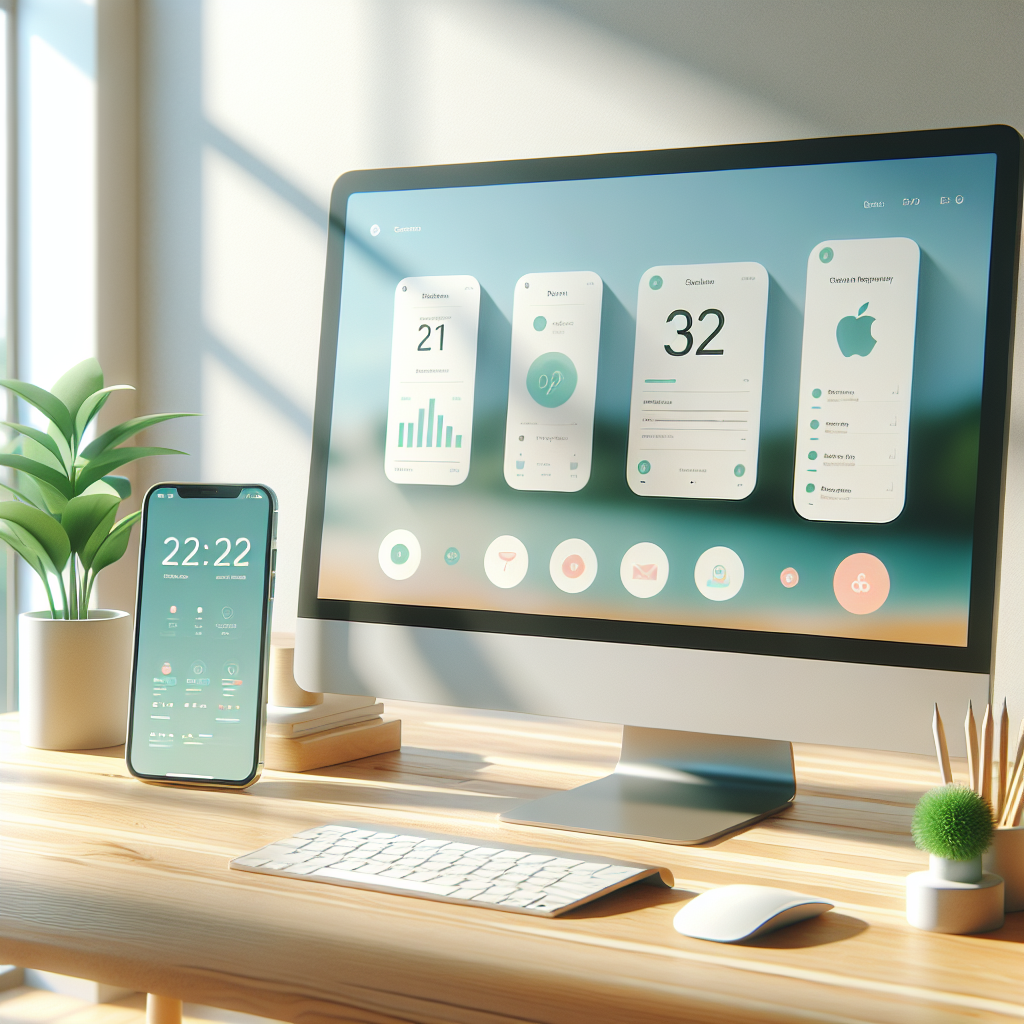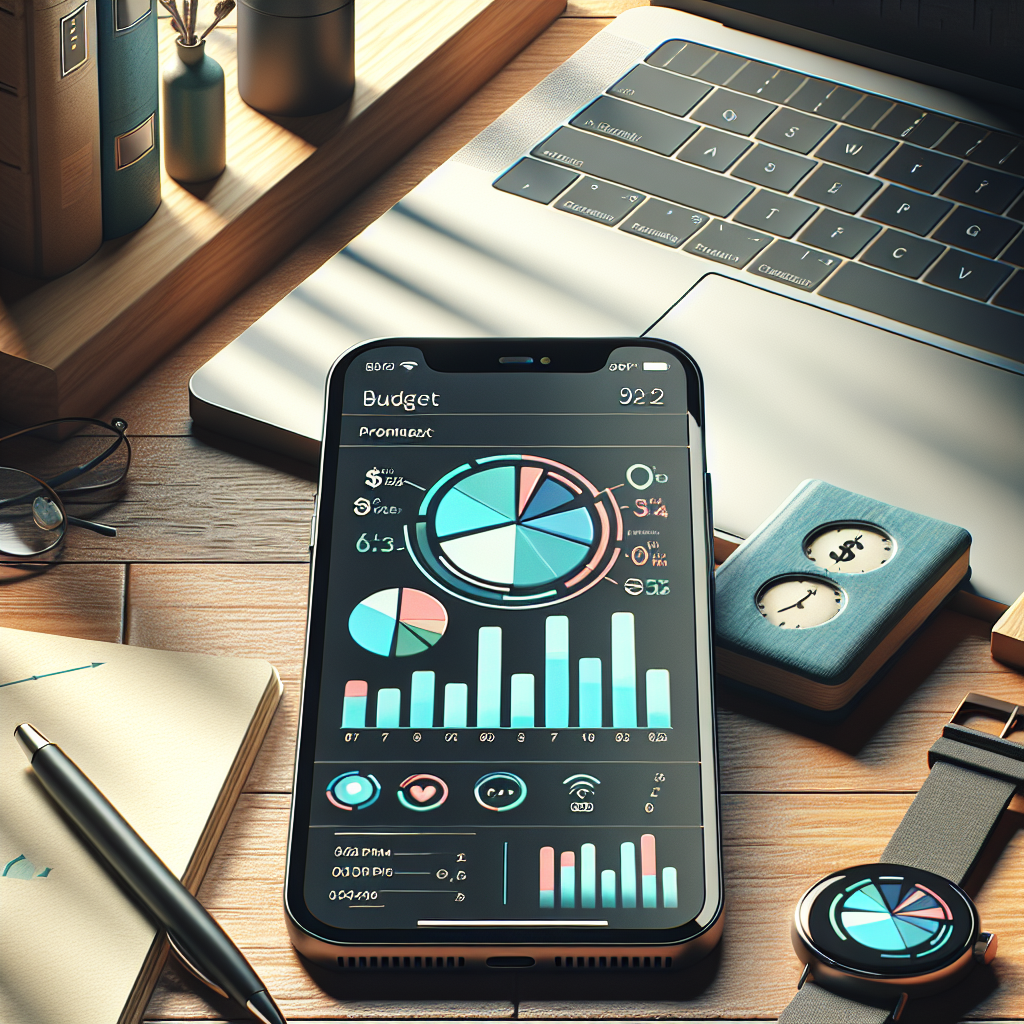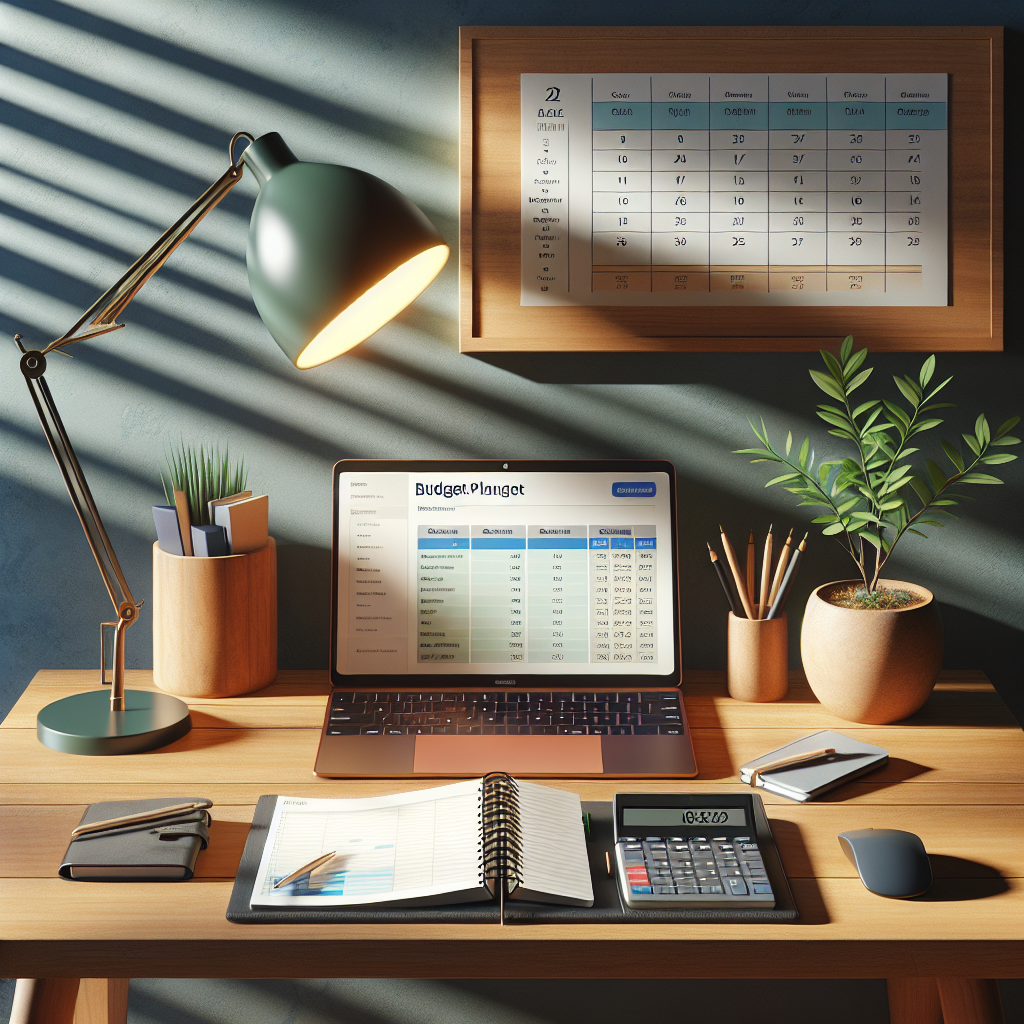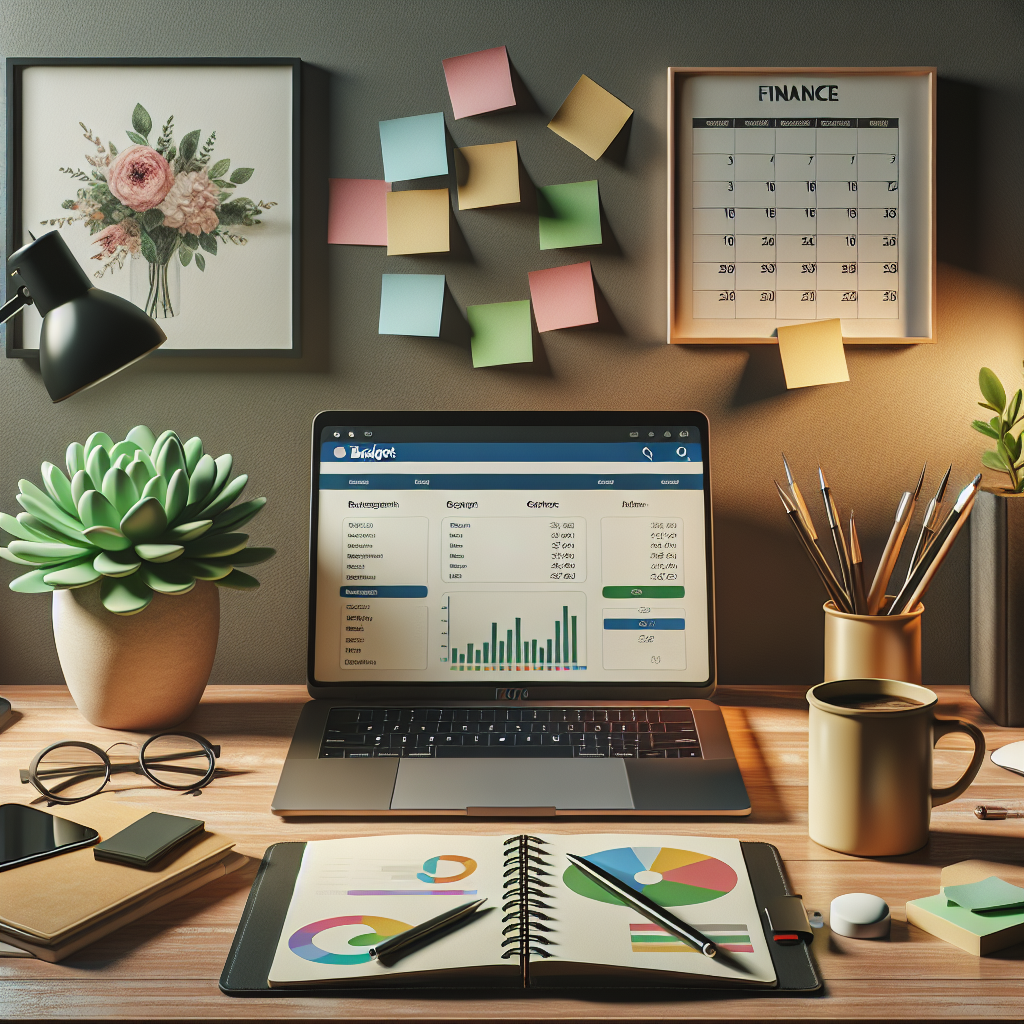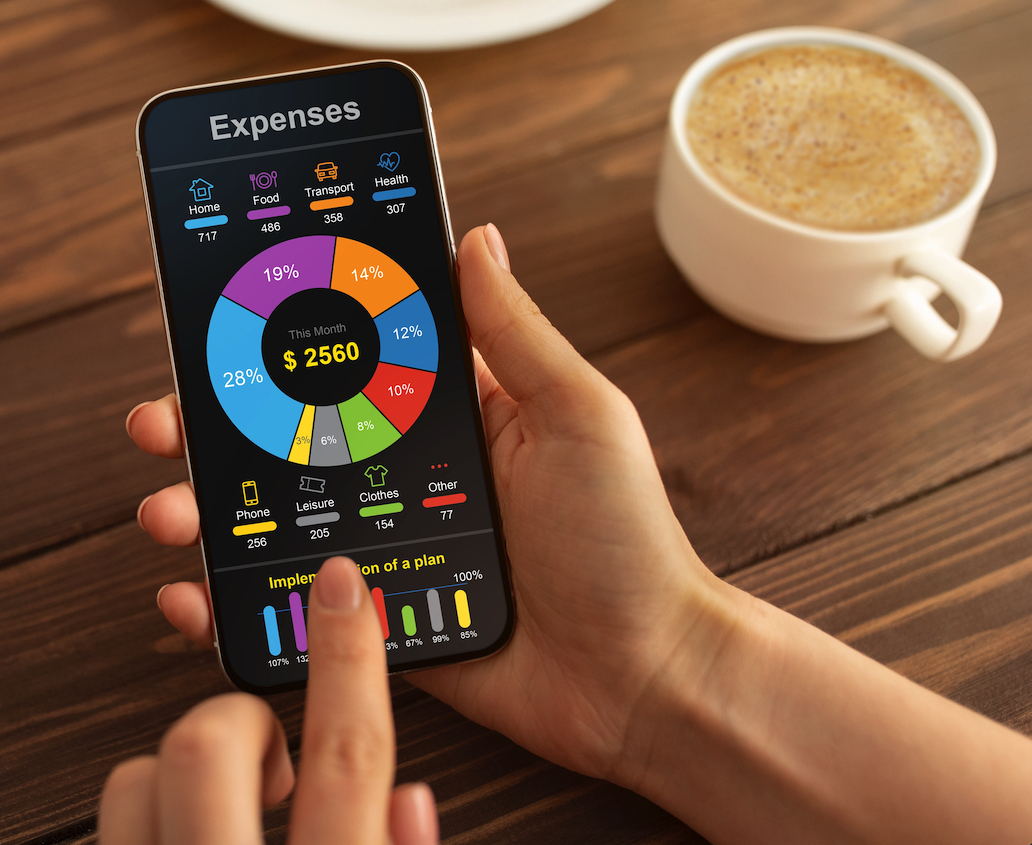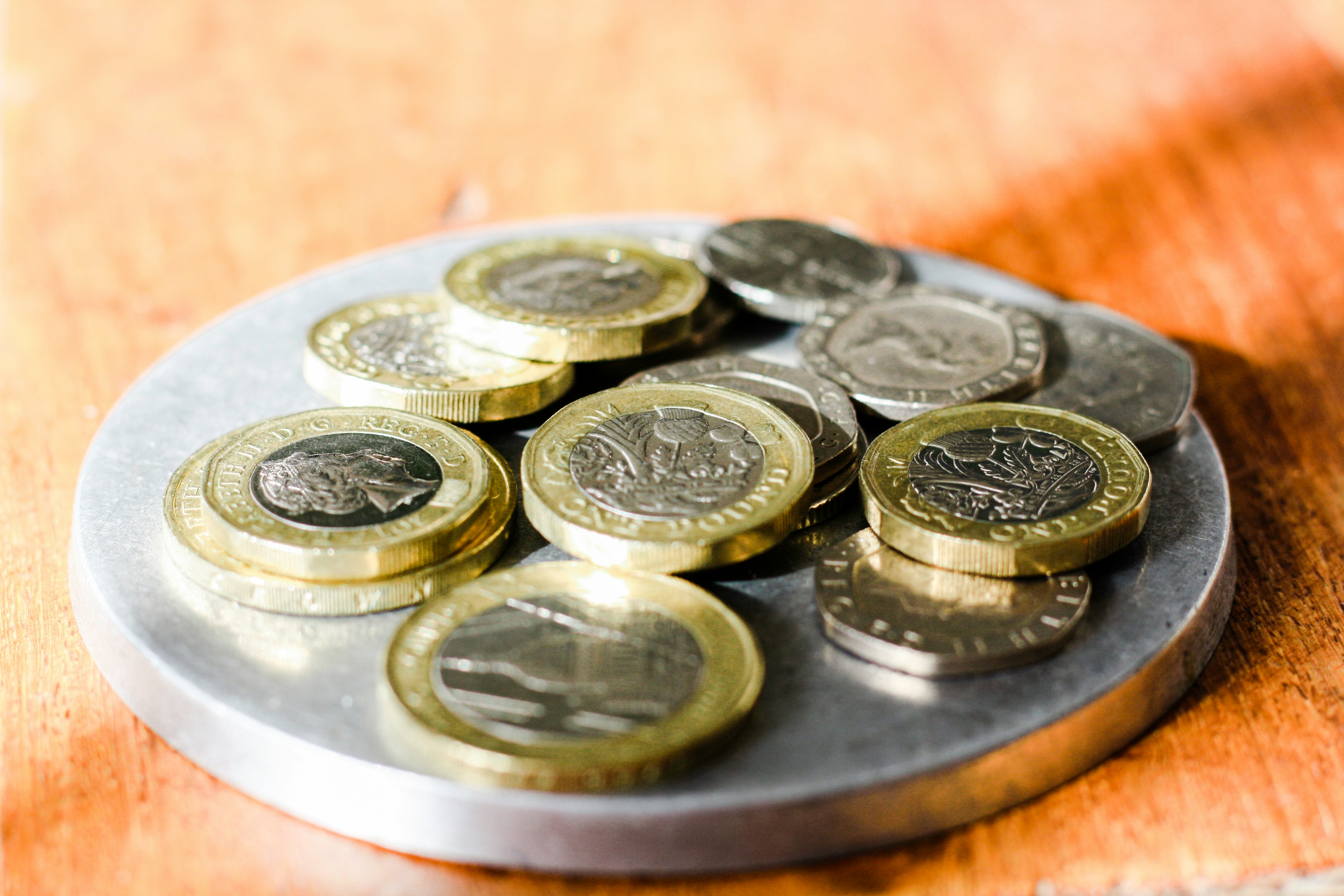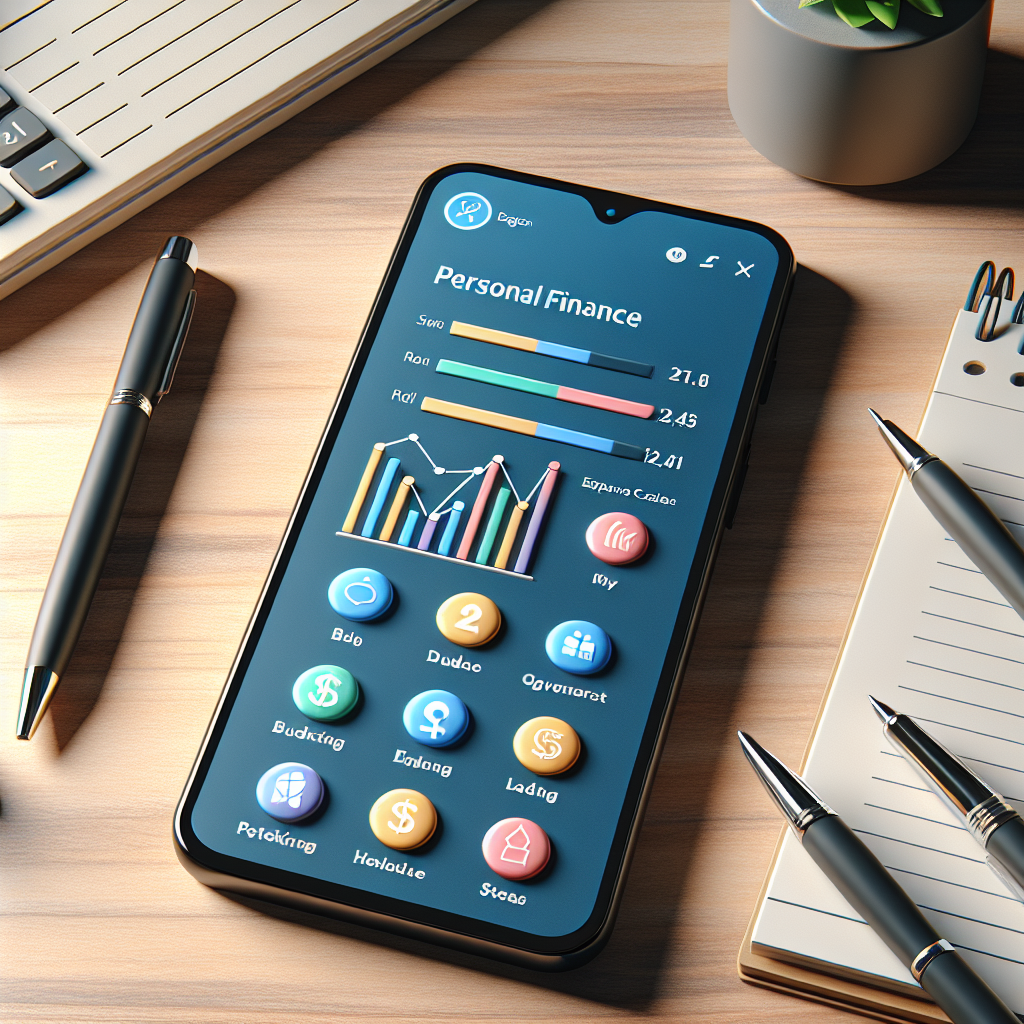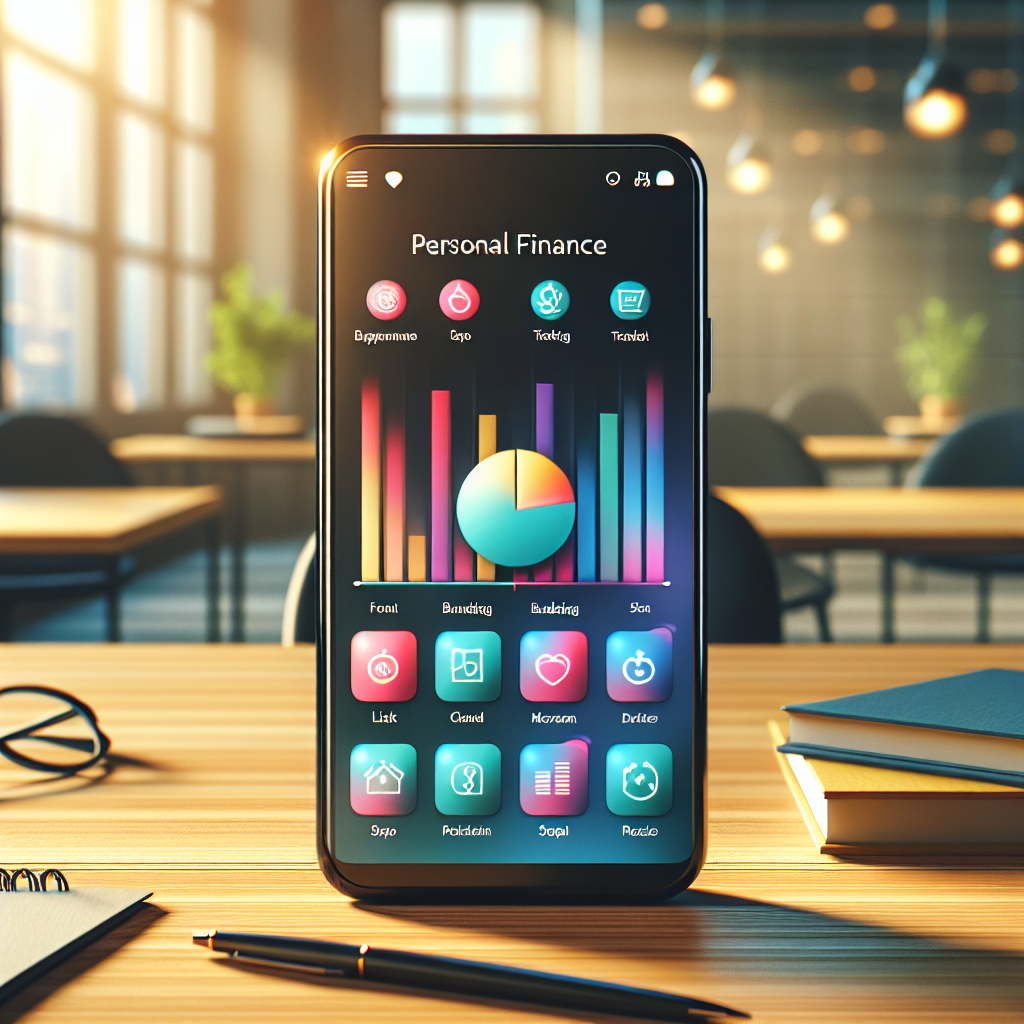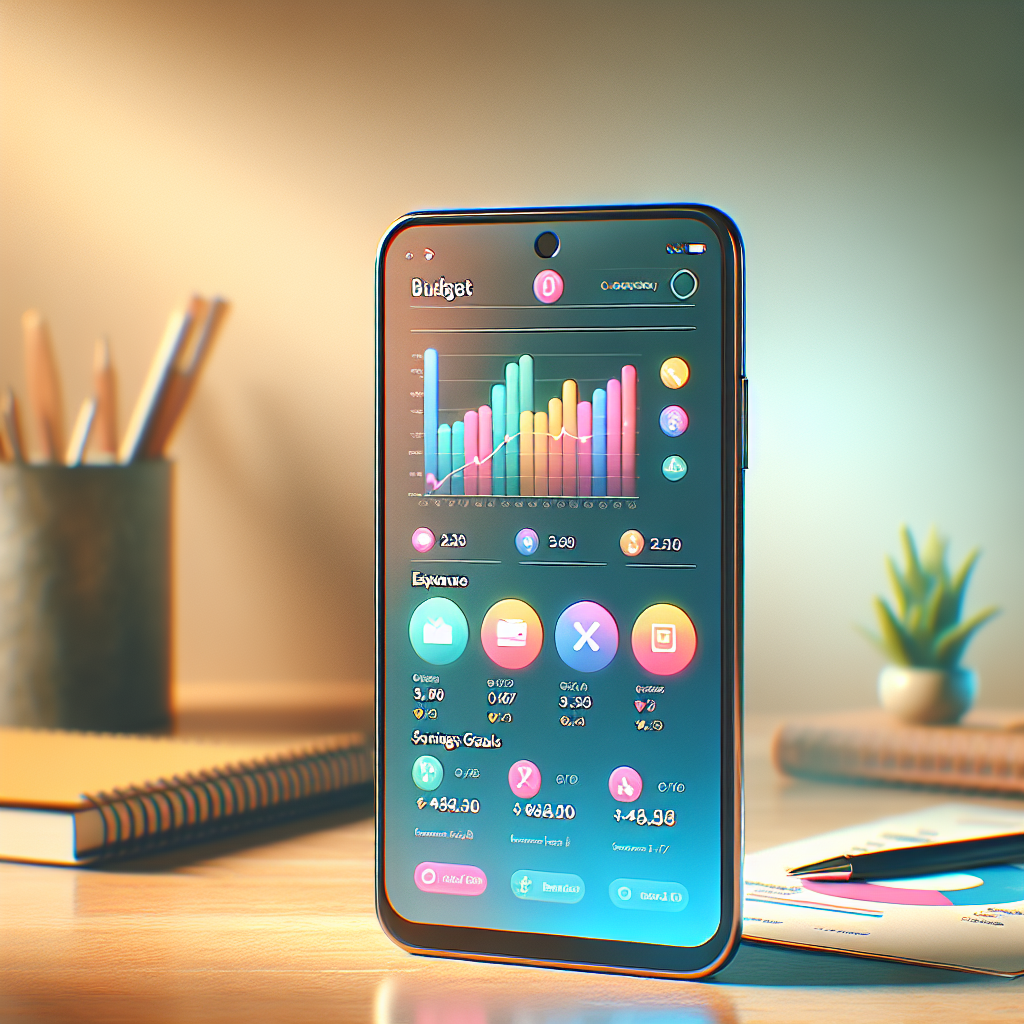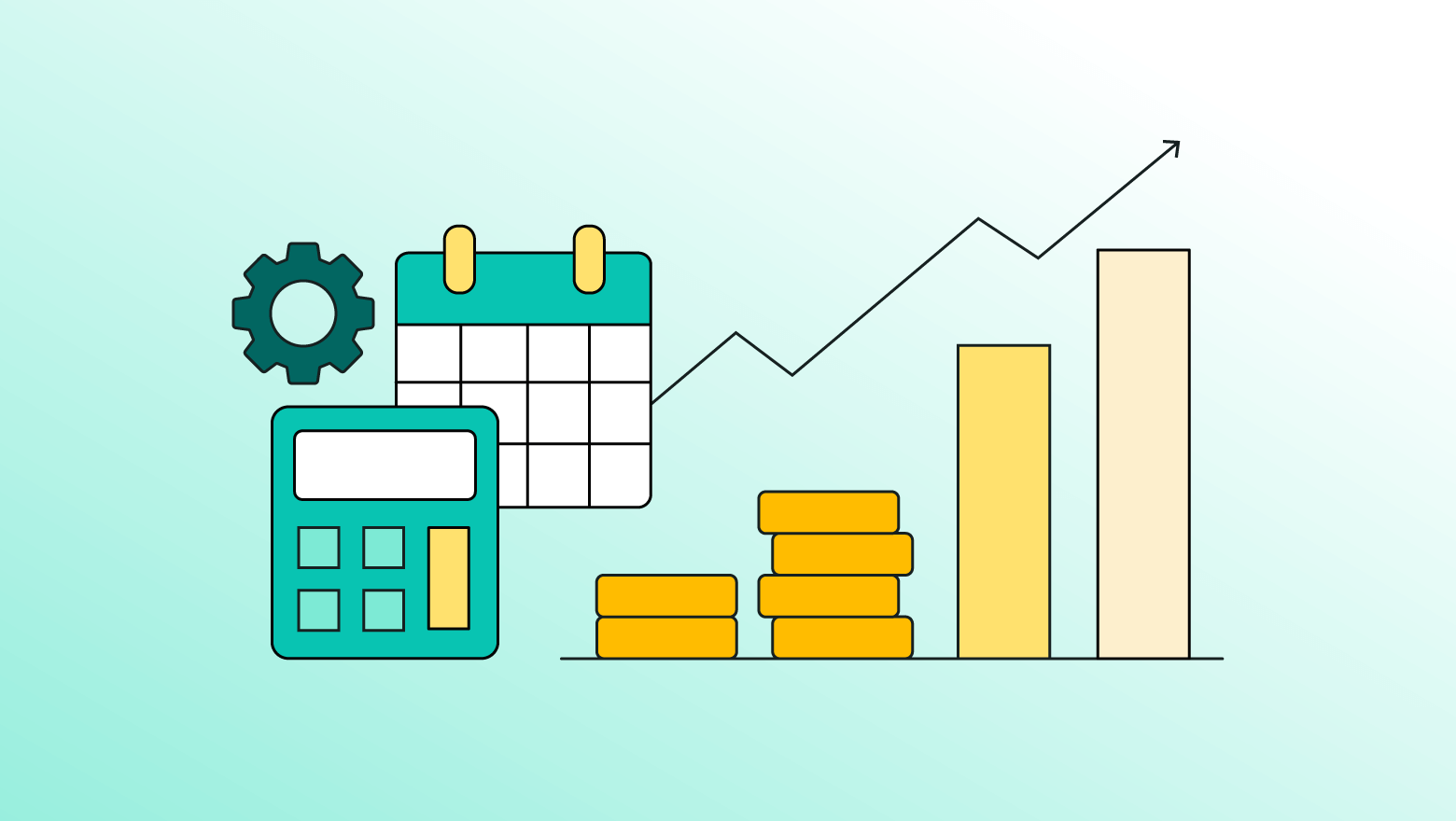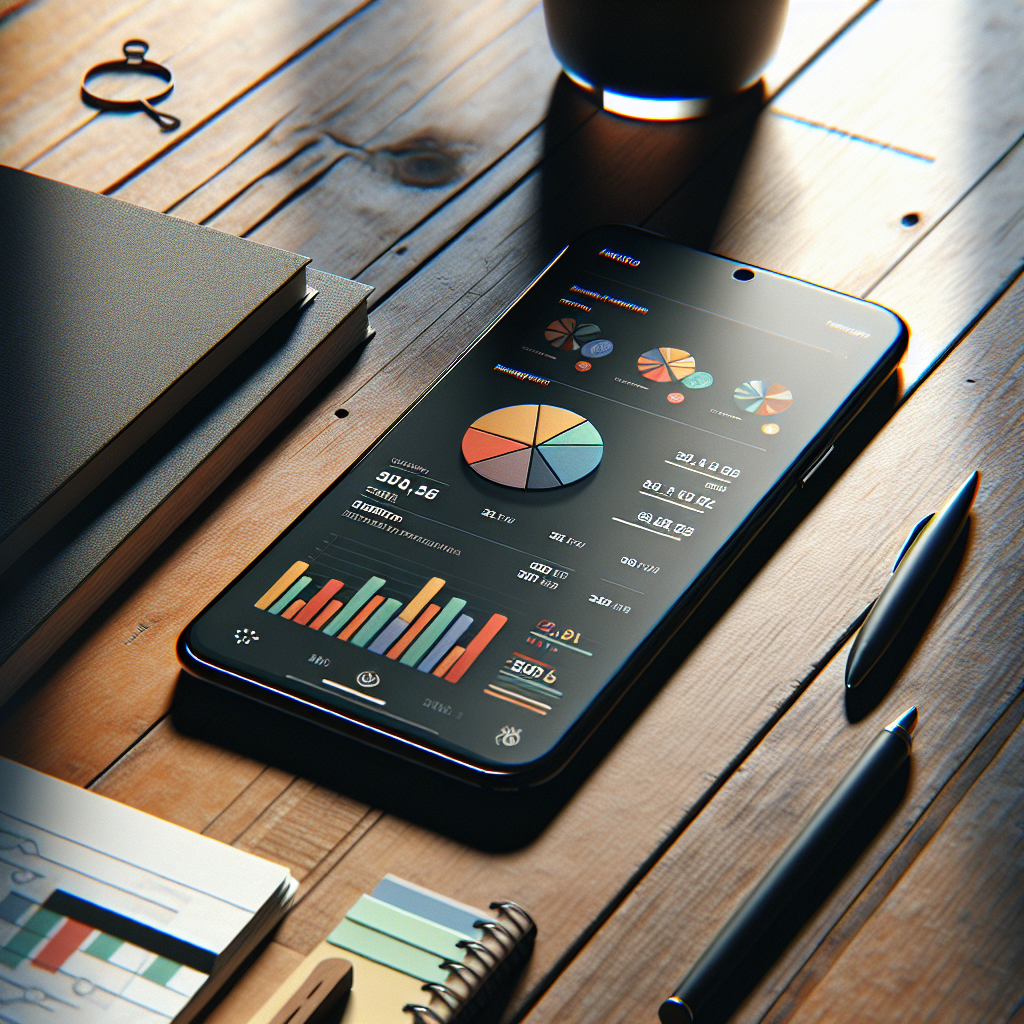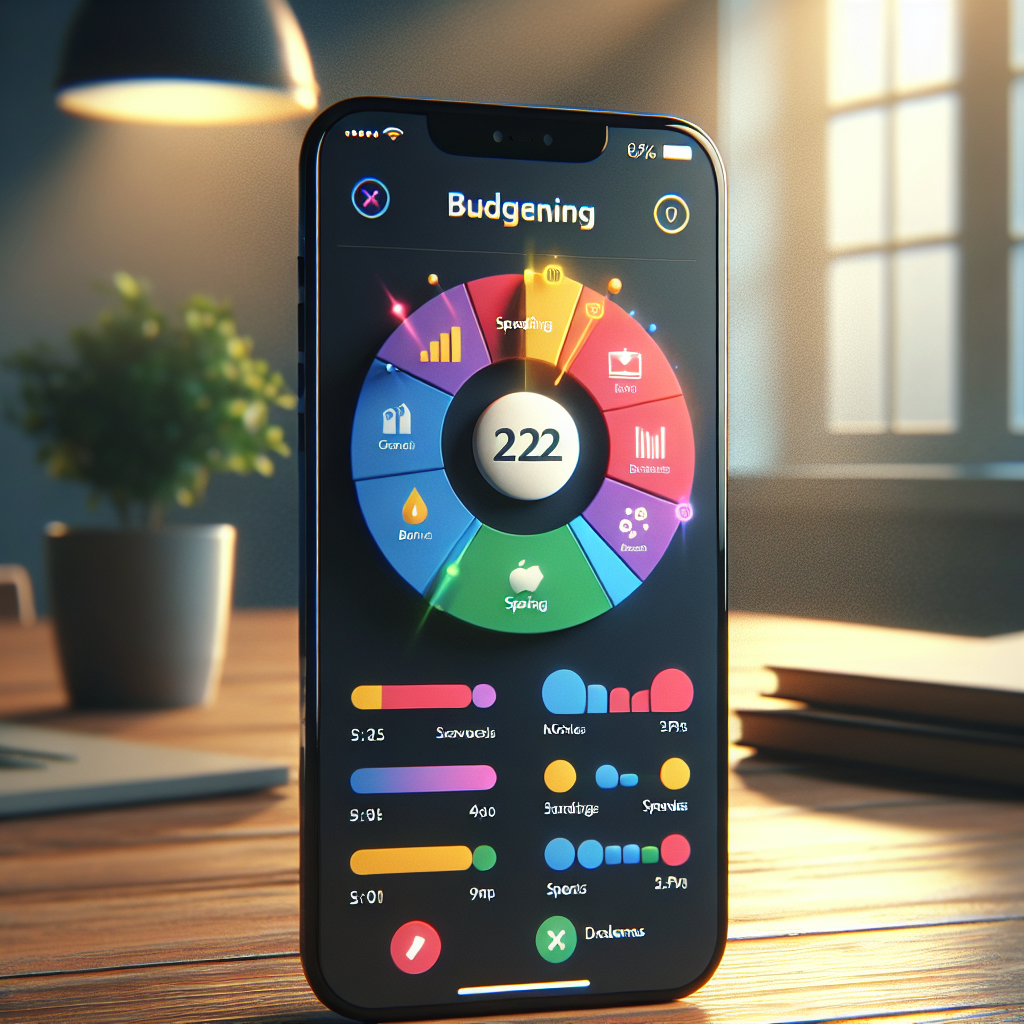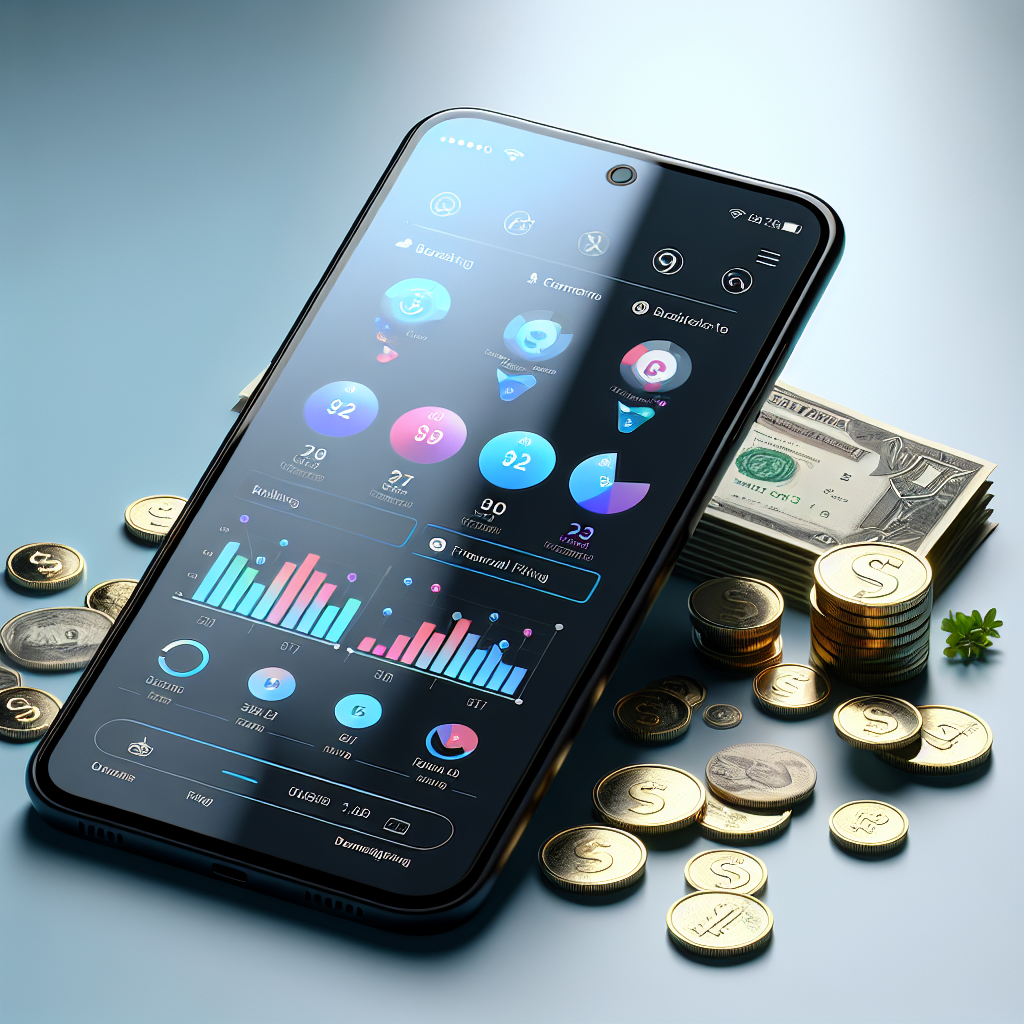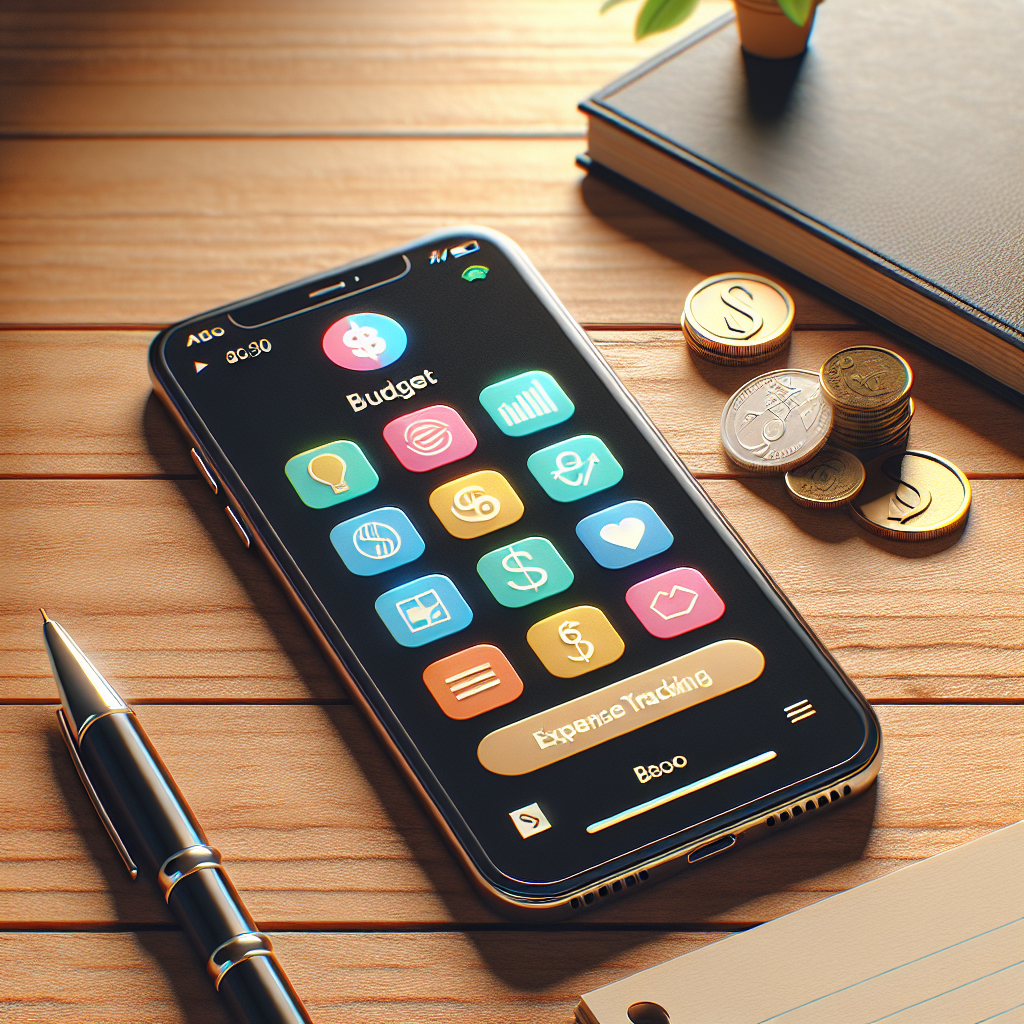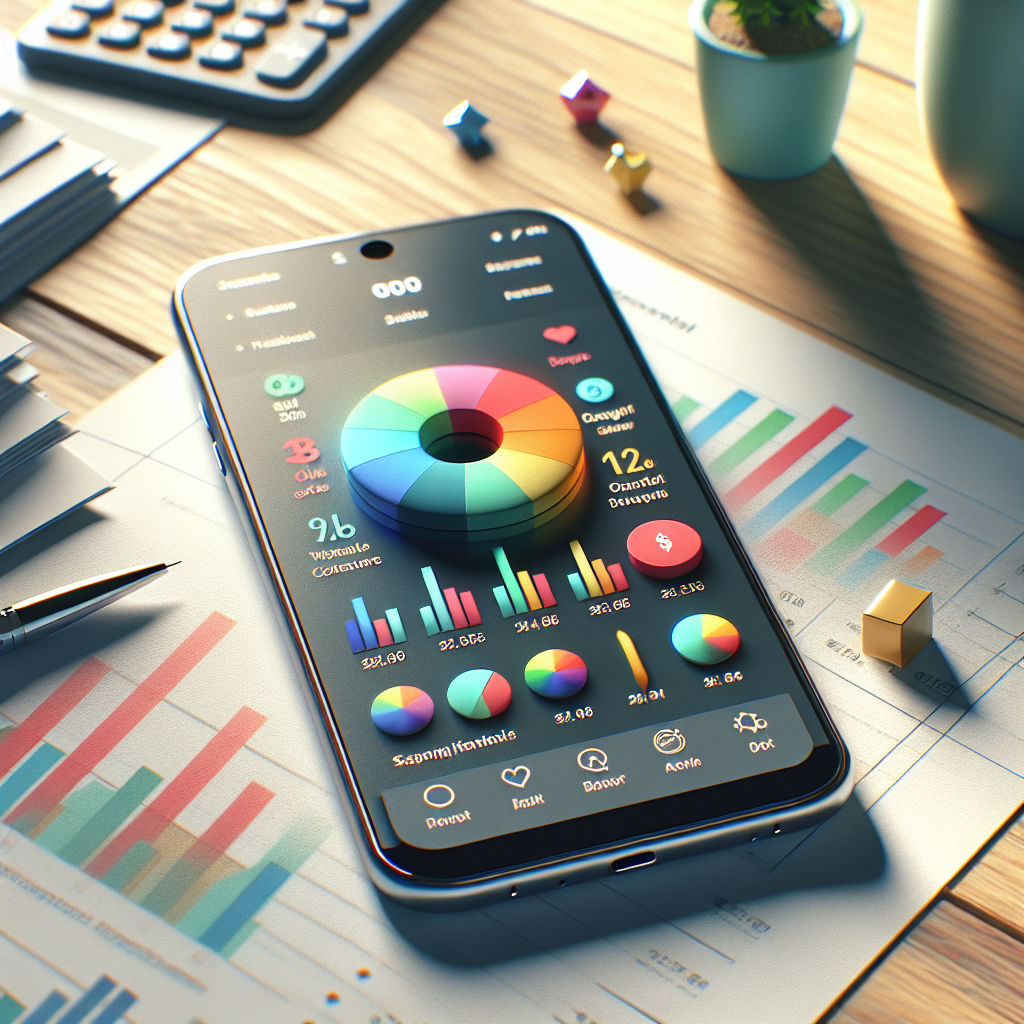Explore effective budget planner options to achieve financial stability and save money without breaking the bank.
In today’s fast-paced world, managing finances effectively is more crucial than ever. Budget planning serves as the foundation for financial stability and success. It involves creating a systematic plan to track income and expenses, ensuring that individuals and businesses can allocate their resources wisely. This not only helps in meeting daily financial needs but also in achieving long-term financial goals.
The importance of budget planning cannot be overstated. By understanding where your money goes, you can make informed decisions that lead to better savings and investments. Here are some key benefits of budget planning:
- Financial Awareness: Knowing your income sources and expenditure patterns allows you to better manage your finances.
- Debt Management: A solid budget helps in identifying areas where you can cut back, ultimately aiding in debt repayment.
- Goal Setting: With a budget, you can set realistic financial goals, whether it’s saving for a vacation or preparing for retirement.
- Stress Reduction: Having a clear financial plan reduces anxiety regarding money, enabling you to focus on other aspects of life.
Ready to take control of your finances and experience effortless savings? Download Vala today and start managing your budget with ease!
Key Features Of The Best Budget Planners

When searching for the best and cheapest budget planner, it’s essential to consider the key features that can make a significant difference in your financial management experience. The right budget planner should not only be affordable but also packed with functionalities that streamline budgeting and expense tracking. Here are some crucial features to look for:
- User-Friendly Interface: A simple and intuitive interface is vital for easy navigation. Users should be able to input their data without any hassle.
- Customization Options: The best budget planners allow users to customize categories and set personal financial goals tailored to their unique needs.
- Real-Time Tracking: Look for planners that provide real-time updates on your spending and savings, helping you stay on top of your finances.
- Reporting Tools: Comprehensive analytical tools that generate insights and reports on your financial habits can aid in making informed decisions.
- Integration Capabilities: A good budget planner should seamlessly integrate with bank accounts and other financial tools to automate data entry and reduce manual effort.
- Customer Support: Reliable customer service is essential when you encounter issues or have questions about using the platform.
By focusing on these key features, you can find a budget planner that enhances your financial management strategy, ultimately helping you achieve your financial goals.
How To Identify The Cheapest Budget Planner

Finding the cheapest budget planner that meets your needs involves a bit of research and comparison. Here are some effective strategies to help you identify budget planners that offer the best value for your money:
- Compare Pricing Plans: Many budget planners offer various pricing tiers. Compare the features included in each plan to ensure you’re getting the most bang for your buck.
- Look for Free Trials: Opt for planners that offer free trials or demo versions. This allows you to test the platform’s features before committing financially.
- Read Reviews and Testimonials: User reviews can provide valuable insights into the planner’s effectiveness and whether it justifies its cost. Look for feedback on usability and customer service.
- Check for Discounts: Keep an eye out for seasonal promotions, discounts, or referral programs. Many companies offer deals that can significantly reduce the price.
- Evaluate Features vs. Price: Don’t just go for the lowest price. Assess whether the features offered align with your budgeting needs; a slightly higher-priced option may offer essential tools that save you money in the long run.
By following these tips, you can effectively identify the cheapest budget planner that provides the right balance of affordability and functionality, ensuring you maintain control over your finances without overspending.
Top Recommendations For Budget Planners
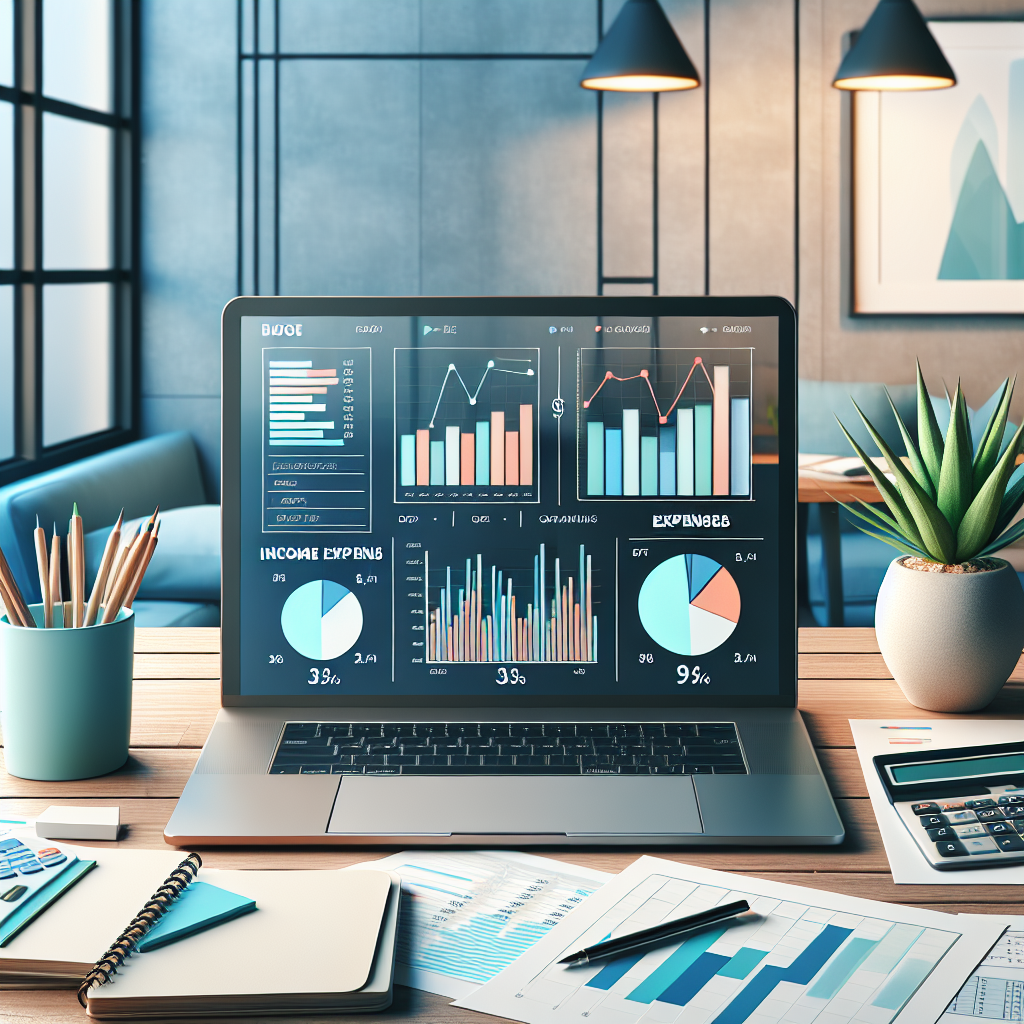
When searching for the best and cheapest budget planner, it’s crucial to consider options that are not only affordable but also feature-rich. Here are some top recommendations that stand out in the market:
- Mint: This popular free app helps users track spending, create budgets, and manage financial goals effortlessly. Its user-friendly interface and comprehensive features make it a go-to choice for many.
- YNAB (You Need A Budget): YNAB offers a unique budgeting method that encourages users to allocate every dollar purposefully. Although it comes with a subscription fee, its robust features can help users save more in the long run.
- EveryDollar: This straightforward budgeting tool focuses on zero-based budgeting, allowing users to plan their expenses effectively. The basic version is free, making it an excellent choice for individuals seeking simplicity.
- GoodBudget: This envelope budgeting app is ideal for those who prefer a cash-based system. With a free version that allows for multiple envelopes, it’s a practical solution for managing finances without overspending.
- Personal Capital: While primarily an investment tracking tool, Personal Capital also offers budgeting features that help users monitor their spending. Its free version provides excellent financial insights, making it a valuable resource.
Each of these budget planners has unique features that cater to different financial needs, ensuring that you can find a solution that fits your lifestyle and goals.
Benefits Of Using A Budget Planner
Utilizing a budget planner can transform the way you manage your finances, offering numerous advantages that can lead to a more secure financial future. Here are some key benefits of using a budget planner:
- Enhanced Financial Awareness: A budget planner provides a clear overview of your income and expenses, helping you understand where your money goes each month. This awareness can lead to better financial decisions.
- Goal Setting and Tracking: With a budget planner, you can set specific financial goals, such as saving for a vacation or paying off debt. It allows you to track your progress, keeping you motivated and accountable.
- Reduction of Financial Stress: By having a structured plan in place, you can significantly reduce anxiety associated with financial uncertainty. Knowing that you have a plan can provide peace of mind and confidence in managing your finances.
- Improved Savings: Budget planners encourage users to allocate funds toward savings. This proactive approach helps build an emergency fund or save for future investments, fostering a habit of saving.
- Better Spending Habits: Regularly using a budget planner can lead to more mindful spending. You’ll become more aware of impulse purchases and develop strategies to stick to your budget.
Incorporating a budget planner into your financial routine not only simplifies the budgeting process but also empowers you to take control of your financial destiny.
Conclusion: Choosing Your Ideal Budget Planner

As you embark on your journey to financial stability, selecting the right budget planner is crucial. With various options available, it’s essential to consider what features align best with your lifestyle and financial goals. Here are some factors to keep in mind when choosing your ideal budget planner:
- User-Friendly Interface: Look for a planner that is intuitive and easy to navigate. A complicated interface can become a barrier to effective budgeting.
- Customization Options: Your financial situation is unique, so find a planner that allows for customization. This could include the ability to set specific categories for your expenses or adjust savings goals.
- Real-Time Tracking: Opt for a budget planner that offers real-time tracking of your spending. This feature helps you stay on top of your budget and make adjustments as needed.
- Integration with Financial Accounts: Some budget planners allow integration with your bank accounts, making it easier to import transactions and monitor your financial health.
- Support and Resources: Consider planners that offer additional support, such as financial tips or customer service, to enhance your budgeting experience.
Ultimately, the best budget planner is one that fits seamlessly into your life and empowers you to reach your financial goals. Ready to take control of your finances and experience effortless savings? Download Vala today and start managing your budget with ease!



